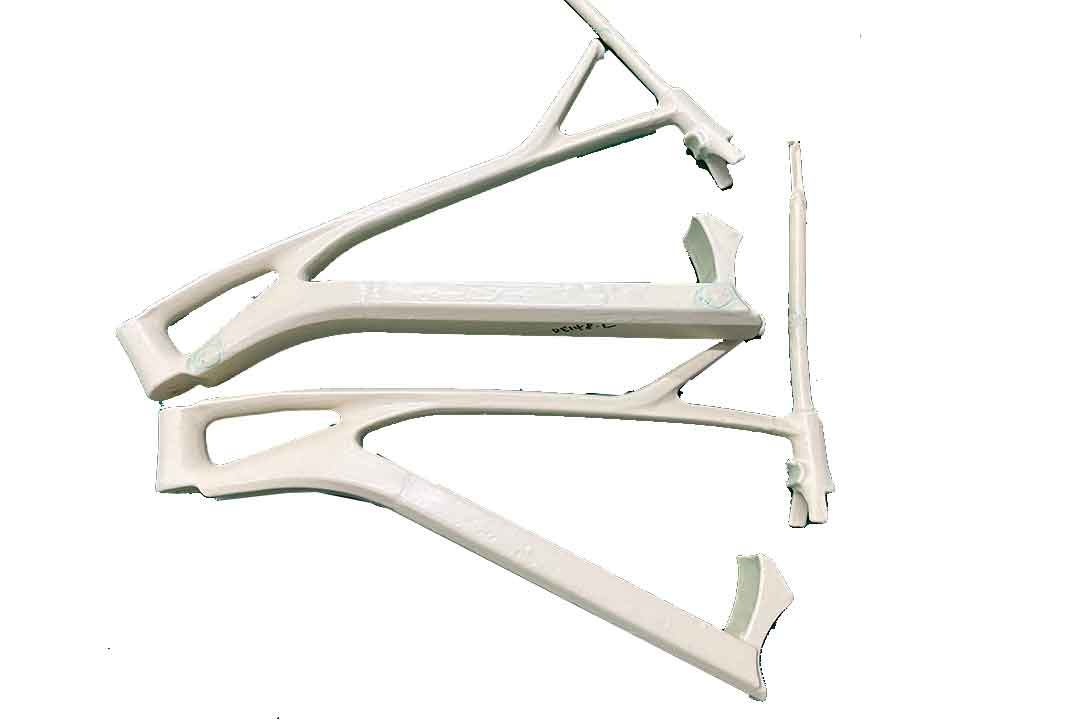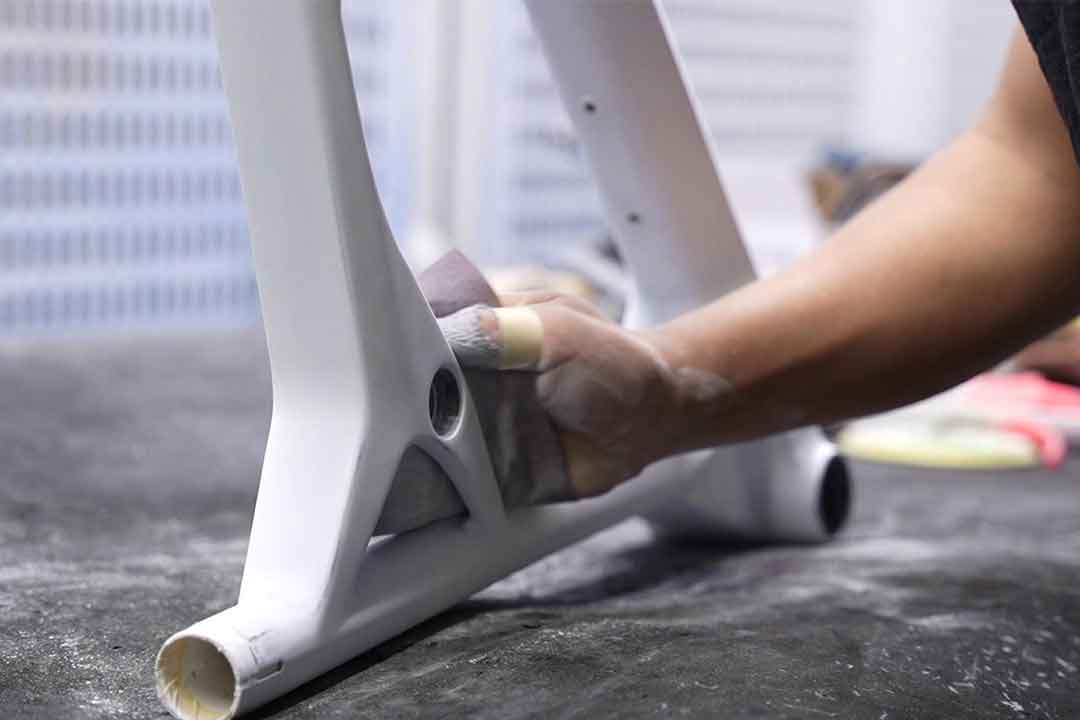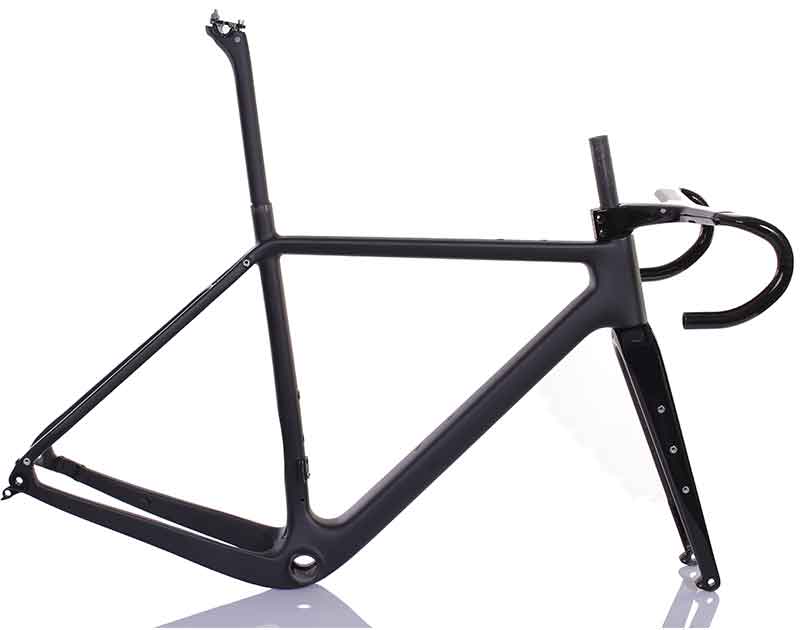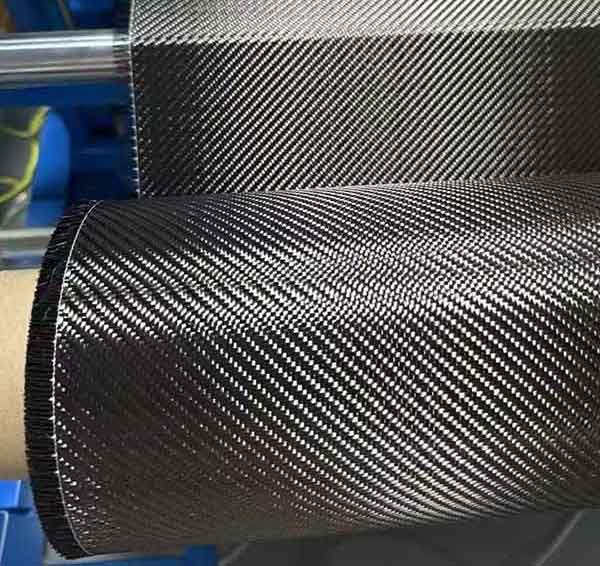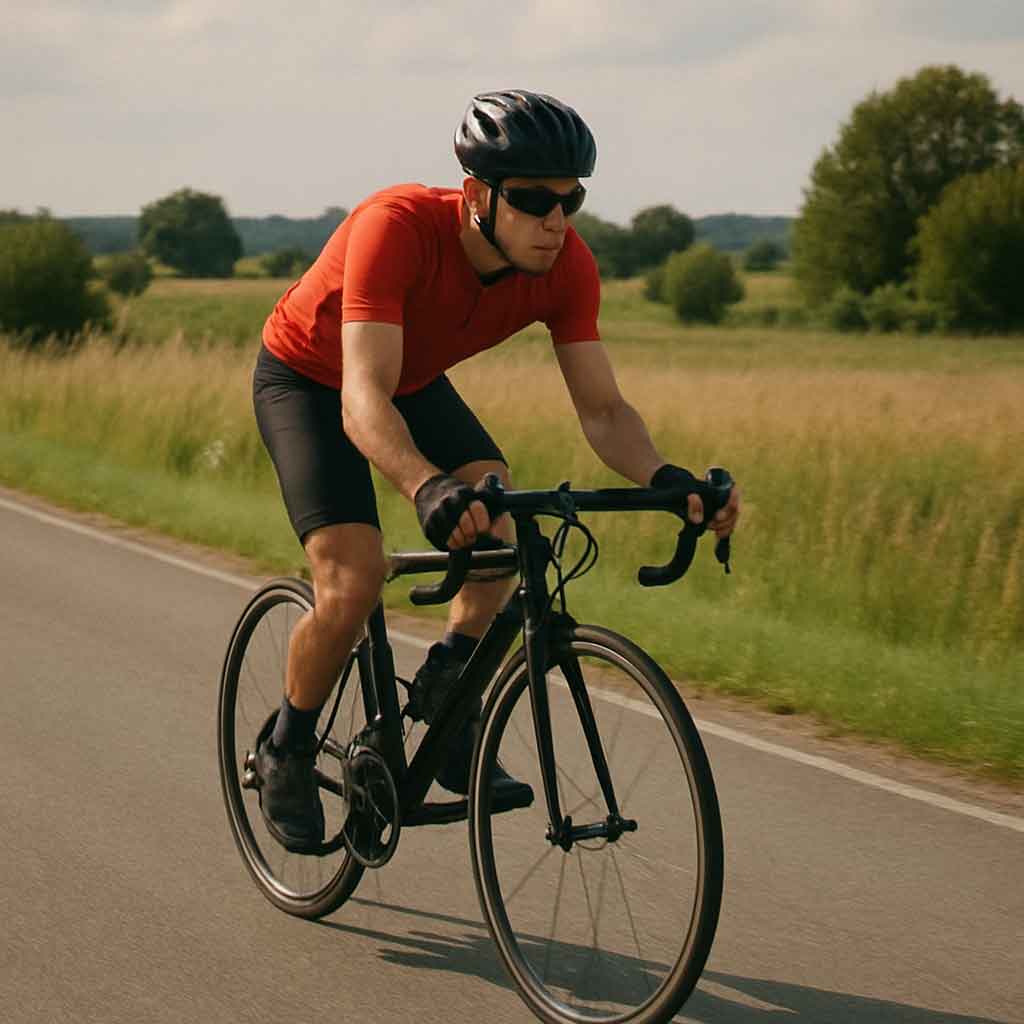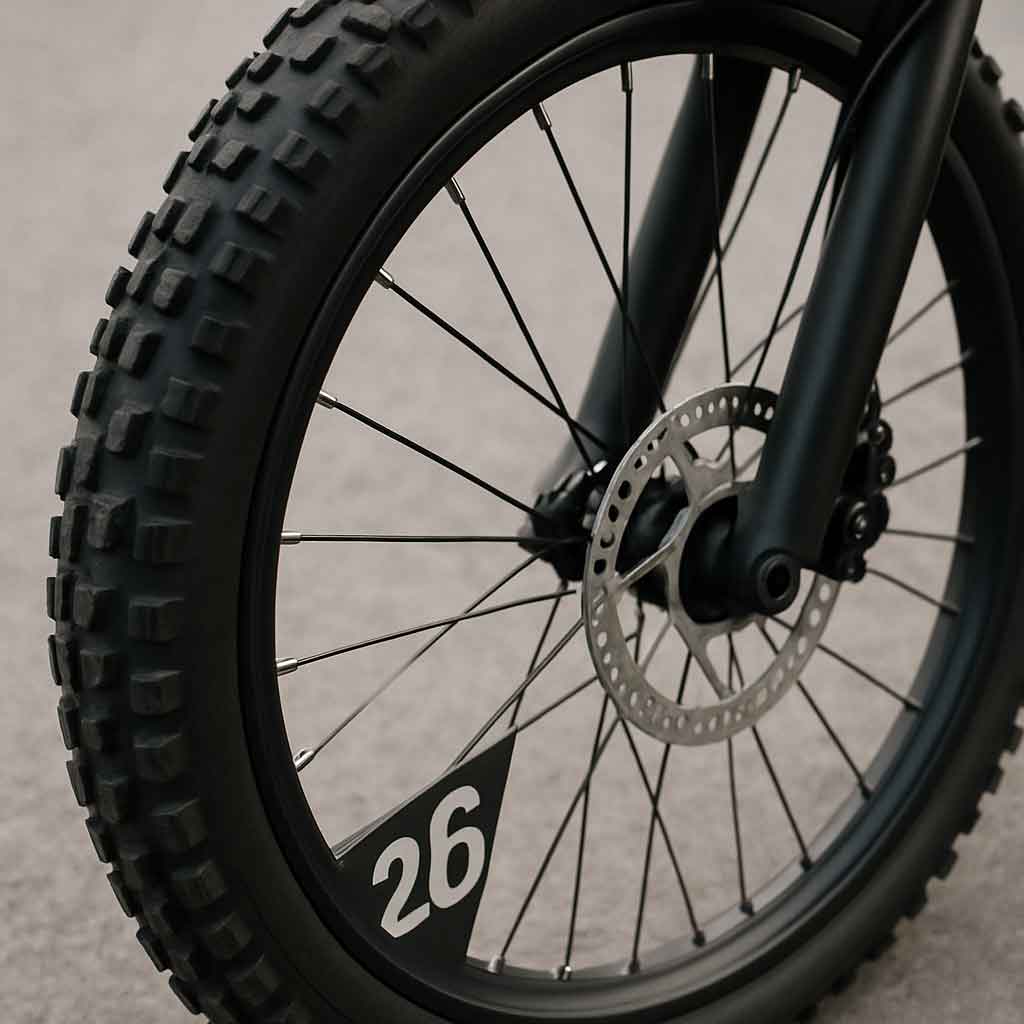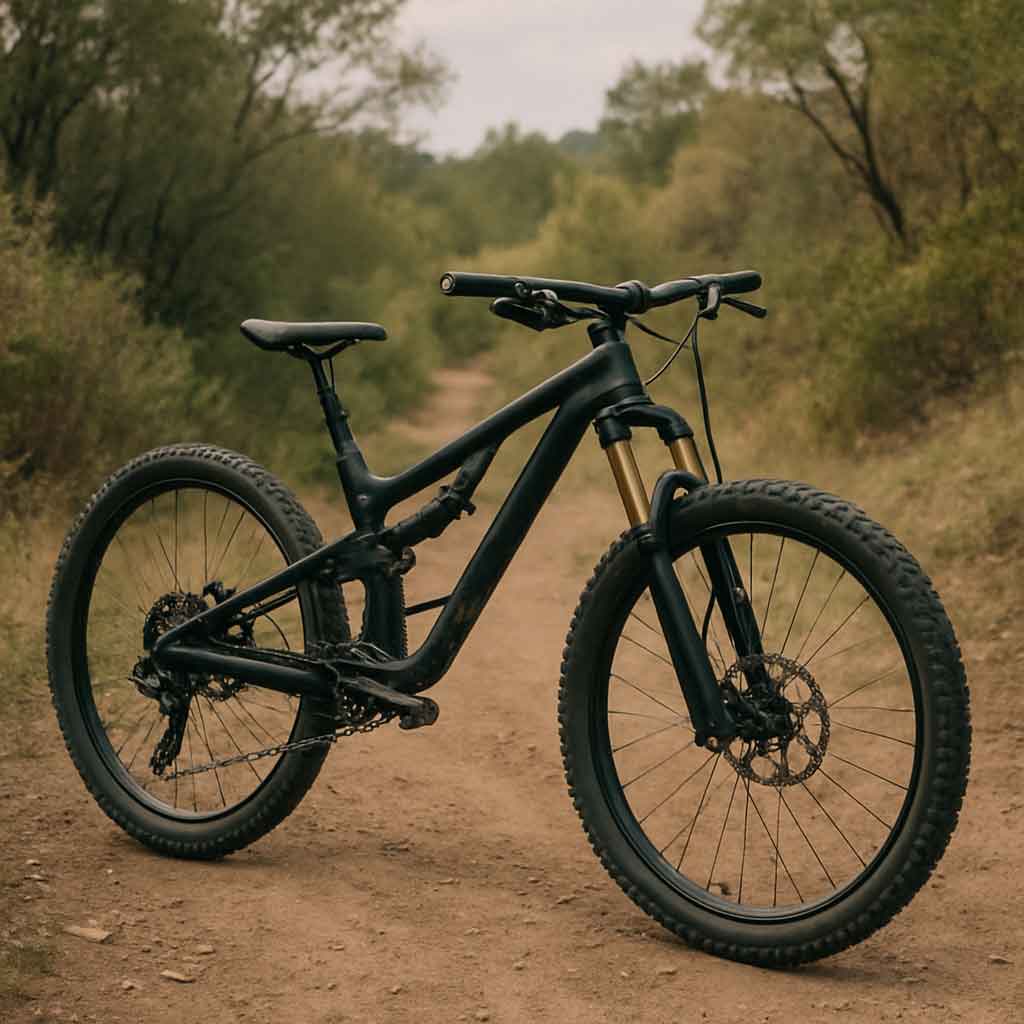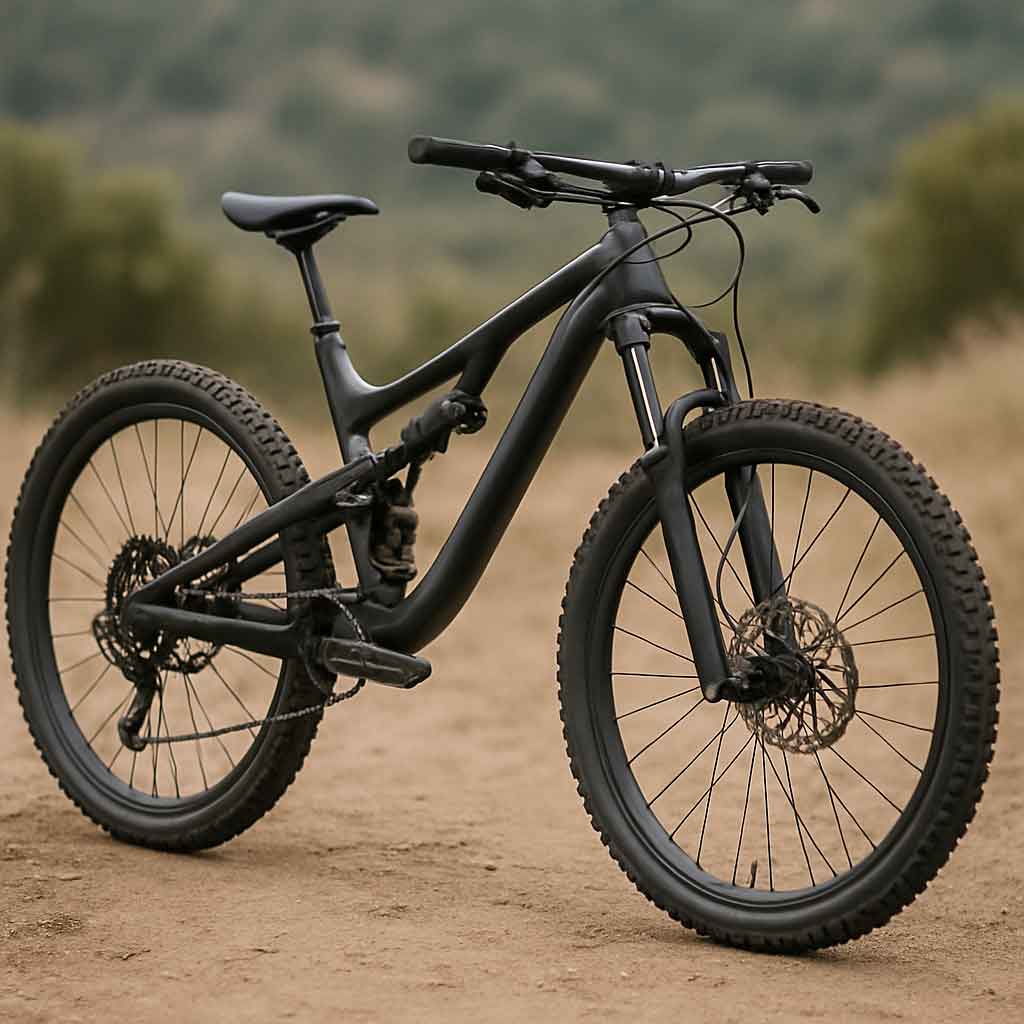Welcome to Mondince Bike - A well-known factory specialized in produce carbon bike frame and other parts since 2007.
Understanding Bike Length: A Comprehensive Chart
Understanding Bike Length and Size: A Comprehensive Guide and Sizing Chart
Choosing the right bike is about more than just style or components; it's fundamentally about fit. A properly sized bike is the cornerstone of a comfortable, efficient, and safe cycling experience, whether you're commuting, hitting the trails, or training for an event. This guide will demystify bike sizing, explain how to measure a bike and yourself, and provide a comprehensive chart to set you on the path to the perfect fit.
Why Bike Sizing is Non-Negotiable
An ill-fitting bike is more than just an inconvenience; it can hinder your performance and lead to injury. Proper bike ergonomics ensure that your body works with the machine, not against it.
-
Performance and Efficiency: A well-fitted bike allows you to maintain an optimal, aerodynamic posture. Your muscles can work efficiently, translating to better power transfer, increased speed, and greater endurance. You'll ride longer with less fatigue.
-
Injury Prevention: This is critical. A bike that is too large or too small forces your body into unnatural positions, creating repetitive strain on your knees, hips, back, and wrists. Proper fit minimizes this strain, protecting you from common overuse injuries like IT band syndrome or patellar tendonitis.
-
Control and Confidence: A bike that is the right length and size responds accurately to your inputs. This builds confidence, making you more likely to handle technical terrain safely and enjoy the ride fully. A bike should feel like an extension of your body.
How to Measure a Bike and Yourself
Understanding the key measurements is the first step to finding your match.
1. Key Bike Measurements
-
Frame Size (The Most Critical Metric): Traditionally, this is the distance from the center of the bottom bracket (the axle that holds the crank arms) to the top of the seat tube. This is the primary number used in sizing charts. Frame geometry (the angles and lengths of the tubes) also dramatically affects handling and fit, which is why a professional fitting is always recommended.
-
Overall Length: This is the total length of the bike from the front of the front wheel to the back of the rear wheel. While less critical for fit, it's useful for understanding storage and transport needs.
2. Key Body Measurements
-
Your Height: The primary starting point for all general sizing charts.
-
Your Inseam (The Most Important Body Measurement): This determines your stand-over height. How to measure: Stand barefoot with your back against a wall, feet about 6 inches apart. Place a book snugly into your crotch, simulating a bike seat. Measure from the top of the book down to the floor.
Comprehensive Bike Sizing Chart
This chart provides a general guideline for adult bikes. Note: Sizing can vary significantly between road, mountain, and hybrid bikes, and between manufacturers. Use this as a starting point.
| Rider Height (ft/in) | Rider Height (cm) | Inseam (in) | Inseam (cm) | Frame Size (in) | Frame Size (cm) | Frame Size (Road - cm) | Frame Size (MTB - inches) |
|---|---|---|---|---|---|---|---|
| 4'10" - 5'2" | 147 - 158 cm | 25" - 27" | 63 - 69 cm | 13" - 15" | 33 - 38 cm | XX-Small (47-48 cm) | 13" - 14" |
| 5'3" - 5'6" | 158 - 168 cm | 27" - 29" | 69 - 74 cm | 15" - 17" | 38 - 43 cm | X-Small (49-50 cm) | 15" - 16" |
| 5'7" - 5'9" | 168 - 175 cm | 29" - 31" | 74 - 79 cm | 17" - 19" | 43 - 48 cm | Small (51-53 cm) | 17" - 18" |
| 5'10" - 6'0" | 175 - 183 cm | 31" - 33" | 79 - 84 cm | 19" - 21" | 48 - 53 cm | Medium (54-55 cm) | 19" - 20" |
| 6'1" - 6'3" | 183 - 191 cm | 33" - 35" | 84 - 89 cm | 21" - 23" | 53 - 58 cm | Large (56-58 cm) | 21" - 22" |
| 6'4" and up | 191+ cm | 35" and up | 89+ cm | 23" and up | 58+ cm | X-Large (59-61 cm) | 23" and up |
How to use this chart:
-
Find your height and inseam.
-
The corresponding frame size is your suggested range.
-
Crucially: Note the separate columns for Road (measured in centimeters) and Mountain (often measured in inches) bikes, reflecting industry standards.
Beyond the Chart: The Final Fit Check
A chart is a guide, not a gospel. The final test is how the bike feels.
-
Stand-Over Height: Straddle the bike with your feet flat on the ground. You should have about 1-2 inches (2-5 cm) of clearance between the top tube and your body. This is a fundamental safety check.
-
Saddle Height: Sit on the saddle with your heel on the pedal at its lowest point. Your leg should be fully extended. When you place the ball of your foot on the pedal, there should be a slight 25-35 degree bend in your knee.
-
Reach and Handlebar Height: With your hands on the hoods (for road bikes) or grips, your arms should be relaxed with a slight bend at the elbows. Your back should be at a comfortable angle, not overly stretched or cramped. The reach can be adjusted by changing the stem.
Conclusion
Investing time in understanding bike length and sizing pays dividends in every ride. By using this guide—taking your own measurements, consulting the chart, and performing a final fit check—you empower yourself to choose a bike that unlocks comfort, performance, and joy. Remember, when in doubt, consult a professional at your local bike shop for a expert fitting. The right fit transforms cycling from a simple activity into a lifelong passion.
Citation & EEAT Strengthening Addendum
Author Credentials & Bio:
Alex Rios, Certified Cycling Coach & Master Bike Fitter
With over a decade of experience in the cycling industry, Alex Rios is a UCI-certified mechanic and a certified bike fitter through the International Bike Fitting Institute (IBFI). He has helped hundreds of riders, from beginners to professional athletes, find their perfect fit to enhance performance and prevent injury. Alex's writing is grounded in practical, hands-on expertise, translating complex technical concepts into actionable advice for cyclists of all levels.
Sources & Methodology:
This article synthesizes industry-standard sizing guidelines from leading bicycle manufacturers (including Trek, Specialized, and Giant) and aligns them with the fundamental principles of bike fitting as taught by professional fitting academies. The information is cross-referenced with data from authoritative cycling publications such as Bicycling Magazine and Cycling Weekly to ensure general accuracy and consensus.
Disclaimer:
The sizing chart provided is a generalized guideline. Individual proportions, flexibility, and riding style can significantly impact ideal bike size. For a definitive fit, especially for competitive cycling or if you have pre-existing physical conditions, a professional bike fit is highly recommended.



